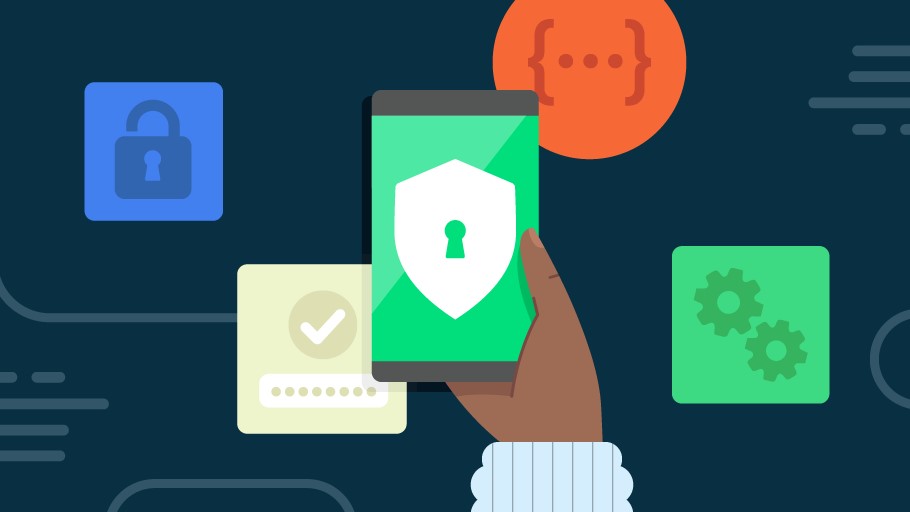Google blocked over 2 million dangerous Android apps from the Play Store last year
The search giant is cracking down on fraudulent and malicious apps in a big way

Accidentally downloading a malicious app onto your Android smartphone is now even less likely on the Play Store as Google has been cracking down on bad apps and misused developer accounts. In fact, the search giant blocked more than 2 million Android apps from being published on its store in the last year alone.
As reported by BleepingComputer, Google also blocked 333,000 Google Play developer accounts that were found uploading malware and fraudulent apps or repeatedly violating its policies. This number is almost double what was in 2022 when the company suspended 173,000 developer accounts for doing the same thing. Likewise, the number of bad apps Google blocked has increased from 1.5 million in 2022 to approximately 2.28 million in 2023.
If you’re using one of the best Android phones, here’s everything you need to know regarding what Google is doing to keep the Play Store safe from bad apps, along with some steps to avoid them altogether.
SAFE principles and security initiatives
The main way that Google has bolstered the security of the Play Store for both Android users and developers is through its ‘SAFE’ principles which include safeguarding users, advocating for developer protection, fostering responsible innovation and evolving platform defenses according to a blog post.
At the same time, the search giant has also implemented a more stringent developer registration and ID verification process for developers. Likewise, independent security reviews are being conducted and the best Android VPN apps now have badges.
Google has also implemented real-time scanning to block malware from starting in the first place and made SoC-level flaws more difficult to exploit through firmware hardening. To make things easier and safer for developers, the company has expanded its SDK index which now covers 6 million apps to help them pick safe software development kits for their projects.
Risky permissions are often used by malicious apps, which is why Google has now rejected or remediated almost 200,000 app submissions. This way, bad apps won’t be able to take advantage of sensitive permissions like background location or SMS access for nefarious purposes.
Get instant access to breaking news, the hottest reviews, great deals and helpful tips.
How to stay safe from malicious Android apps

While Google has done plenty to make the Play Store and the apps it contains safer, there are still a few things you can do to avoid having your Android smartphone infected with malware.
For starters, you want to avoid sideloading apps as they don’t go through the same rigorous security checks that apps downloaded from official stores do. It may seem convenient to sideload an APK file onto your Android phone but most of the time, it’s not worth the risk.
If you do sideload apps or download apps from unofficial app stores, you need to make sure that Google Play Protect is enabled as it can scan all of your existing apps and any new ones you download for malware. It could also be worth investing in one of the best Android antivirus apps for additional protection and you may also get a few extras too like a VPN or a password manager bundled with them.
Finally, I highly recommend you limit the number of apps installed on your phone in general. The fewer apps you have, the less likely that one will be malicious. If you stick to known and trusted apps from reputable brands instead of just downloading new apps haphazardly, you and your Android phone should be safe.
More from Tom's Guide
- This new Android banking trojan impersonates Chrome to steal your money
- FBI warns scammers are using ‘free’ verification services to dupe dating app users
- 2 million hit in massive debt collector data breach — full names, birth dates and SSNs exposed

Anthony Spadafora is the managing editor for security and home office furniture at Tom’s Guide where he covers everything from data breaches to password managers and the best way to cover your whole home or business with Wi-Fi. He also reviews standing desks, office chairs and other home office accessories with a penchant for building desk setups. Before joining the team, Anthony wrote for ITProPortal while living in Korea and later for TechRadar Pro after moving back to the US. Based in Houston, Texas, when he’s not writing Anthony can be found tinkering with PCs and game consoles, managing cables and upgrading his smart home.
